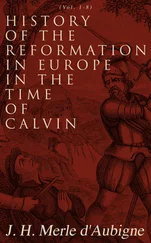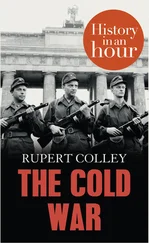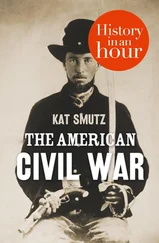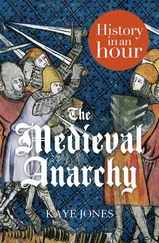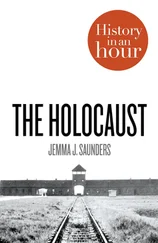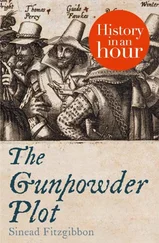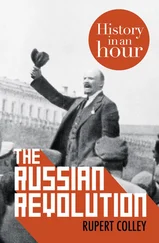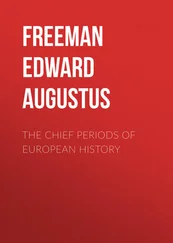THE REFORMATION
History in an Hour
Edward A. Gosselin
About History in an Hour Contents Cover Title Page About History in an Hour Introduction Origins of the Protestant Reformation 131 Years of the Reformation The Sacraments, Heaven and Hell ‘The Third Place’: Purgatory ‘Shortening a Stay in Purgatory’ Early Sixteenth-Century Efforts at Reform Martin Luther Luther’s Interpretation of St Paul Renaissance Popes The Birth of Classical Protestantism The Diet of Worms One Man Alone ‘Infallible Donkey’ and ‘Upstart Heretics’ ‘Preaching the Gospel Purely’ Zwingli v. Luther on the Eucharist Zwingli’s Death The Creation of Sects John Calvin and his ‘Reformed Church’ Anti-Tolerance of Anti-Trinitarianism Hunted Heretic The Spread of Protestantism The End of Choices: The Territorial Churches Protestantism on a European Political Basis The Reformation after 1550 France The Low Countries The Protestant Diaspora How the Protestant Reformation Ended Appendix 1: Key Players Appendix 2: Timeline of the Reformation Copyright Got Another Hour? About the Publisher
History in an Hour is a series of ebooks to help the reader learn the basic facts of a given subject area. Everything you need to know is presented in a straightforward narrative and in chronological order. No embedded links to divert your attention, nor a daunting book of 600 pages with a 35-page introduction. Just straight in, to the point, sixty minutes, done. Then, having absorbed the basics, you may feel inspired to explore further.
Give yourself sixty minutes and see what you can learn …
To find out more visit http://historyinanhour.comor follow us on twitter: http://twitter.com/historyinanhour
Contents
Cover
Title Page THE REFORMATION History in an Hour Edward A. Gosselin
About History in an Hour
Introduction
Origins of the Protestant Reformation
131 Years of the Reformation
The Sacraments, Heaven and Hell
‘The Third Place’: Purgatory
‘Shortening a Stay in Purgatory’
Early Sixteenth-Century Efforts at Reform
Martin Luther
Luther’s Interpretation of St Paul
Renaissance Popes
The Birth of Classical Protestantism
The Diet of Worms
One Man Alone
‘Infallible Donkey’ and ‘Upstart Heretics’
‘Preaching the Gospel Purely’
Zwingli v. Luther on the Eucharist
Zwingli’s Death
The Creation of Sects
John Calvin and his ‘Reformed Church’
Anti-Tolerance of Anti-Trinitarianism
Hunted Heretic
The Spread of Protestantism
The End of Choices: The Territorial Churches
Protestantism on a European Political Basis
The Reformation after 1550
France
The Low Countries
The Protestant Diaspora
How the Protestant Reformation Ended
Appendix 1: Key Players
Appendix 2: Timeline of the Reformation
Copyright
Got Another Hour?
About the Publisher
Introduction Contents Cover Title Page THE REFORMATION History in an Hour Edward A. Gosselin About History in an Hour Introduction Origins of the Protestant Reformation 131 Years of the Reformation The Sacraments, Heaven and Hell ‘The Third Place’: Purgatory ‘Shortening a Stay in Purgatory’ Early Sixteenth-Century Efforts at Reform Martin Luther Luther’s Interpretation of St Paul Renaissance Popes The Birth of Classical Protestantism The Diet of Worms One Man Alone ‘Infallible Donkey’ and ‘Upstart Heretics’ ‘Preaching the Gospel Purely’ Zwingli v. Luther on the Eucharist Zwingli’s Death The Creation of Sects John Calvin and his ‘Reformed Church’ Anti-Tolerance of Anti-Trinitarianism Hunted Heretic The Spread of Protestantism The End of Choices: The Territorial Churches Protestantism on a European Political Basis The Reformation after 1550 France The Low Countries The Protestant Diaspora How the Protestant Reformation Ended Appendix 1: Key Players Appendix 2: Timeline of the Reformation Copyright Got Another Hour? About the Publisher
From the time of St Peter to AD 1521, the Roman Catholic Church was the only ‘official’ Christian church in western Europe. It provided the only means through which a person could expect to have access to God and gain entry into Heaven. The Church, however, was not immune to corruption, and there had been several attempts to rein in Church leaders who were often distracted from their pastoral duties with more earth-bound interests such as the gathering of power and wealth. Yet the one Church remained intact and unchanged in its teachings and doctrines throughout the Middle Ages into the Renaissance and up to the Reformation.
In the sixteenth century, Martin Luther began his feverish quest for salvation and Church reform, and started an evangelical movement which spread beyond the borders of sixteenth-century Germany. This movement is the first of three distinct developments of the Protestant Reformation. Luther’s (and others’) evangelical revolution evolved into personal causes for rulers and monarchs, who sought to impose their religious will upon their subjects, and signified a second phase, the Reformation ‘from above’. During the Reformation’s third, confessional (religious wars) period, in which princes, territories and national churches conducted wars of belief, Protestants migrated to and colonized new settlements, and created their own methods of preserving the faith.
The era of the Protestant Reformation begins in 1517 and, by 1648, becomes fully shaped in Europe as a movement embodying several new independent churches, revolutionized systems of belief and geopolitical changes that affected monarchs and their subjects throughout the region. By the mid-seventeenth century, the original one Church had become several different churches without any hope of reuniting.
Origins of the Protestant Reformation Contents Cover Title Page THE REFORMATION History in an Hour Edward A. Gosselin About History in an Hour Introduction Origins of the Protestant Reformation 131 Years of the Reformation The Sacraments, Heaven and Hell ‘The Third Place’: Purgatory ‘Shortening a Stay in Purgatory’ Early Sixteenth-Century Efforts at Reform Martin Luther Luther’s Interpretation of St Paul Renaissance Popes The Birth of Classical Protestantism The Diet of Worms One Man Alone ‘Infallible Donkey’ and ‘Upstart Heretics’ ‘Preaching the Gospel Purely’ Zwingli v. Luther on the Eucharist Zwingli’s Death The Creation of Sects John Calvin and his ‘Reformed Church’ Anti-Tolerance of Anti-Trinitarianism Hunted Heretic The Spread of Protestantism The End of Choices: The Territorial Churches Protestantism on a European Political Basis The Reformation after 1550 France The Low Countries The Protestant Diaspora How the Protestant Reformation Ended Appendix 1: Key Players Appendix 2: Timeline of the Reformation Copyright Got Another Hour? About the Publisher
On 31 October 1517, the 34-year-old German monk, Martin Luther (pictured above c. 1520), posted his condemnation against Roman Catholic theological declarations on the door of Wittenberg Castle Church. Luther therein attacked, among other things, a system of Church-sponsored intercession in exchange for money as a means of getting into Heaven. Described by a contemporary as ‘a man of middle stature, with a voice which combined sharpness and softness’, Luther believed in a God who condemns sinful men, without exception, and was consumed by years of self-doubt as to whether he himself would ever get into Heaven.
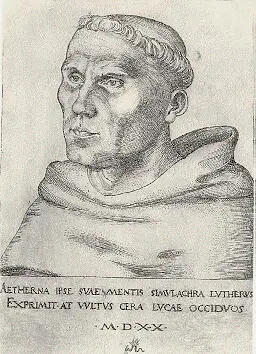
Martin Luther c.1520, by Lucas Cranach the Elder
Читать дальше


